- This will play an important role in promoting social stability and long-term stability in Xinjiang
Speaking of the Taklimakan Desert, what do you think of first? The largest mobile desert in China and the second largest in the world? Or yellow sand, high temperature, no man's land? Nowadays, builders are able to navigate this "sea of death" with ease. No, the China Communications Construction General Contracting Branch implemented and managed the Yuli-Qiemo Highway, which was built by the Three Public Administrations, is in full swing into the "sea of death" in the hinterland of the Taklimakan Desert. Finally "live"
What is the experience of building a road in the "Sea of Death"? Today, the editor will take you to study......
Xinjiang Wuyu Highway Package PPP project consists of five projects from Urumqi to Yuli, Yuli to 35th Regiment, 35th Regiment to Ruoqiang, Itunbulak to Ruoqiang, and Yuli to Qiemo. The total length of the line is 1,305 kilometers. To build the largest PPP project, with an estimated total investment of 76.1 billion yuan, large scale, wide distribution, harsh environment, and difficult construction. It is one of the pilot projects of Xinjiang Uygur Autonomous Region and China Communications Group's "transportation power".

Among them, the Yuli-Qiemo highway was built with a halo of 334 kilometers in length. It is a key control project of the Xinjiang Wuwei highway package project. It is currently the world's longest mileage under construction, with the widest distribution of mobile sand dunes and construction conditions. The most severe desert road with frequent severe cold and summer sand and dust storms and the most difficult construction is the third road through the Taklimakan Desert.
The construction of such a road requires the transportation of about 50 million tons of sand, which is equivalent to the tonnage of more than 500 large aircraft carriers; the construction of such a road requires three shifts of work in the desert with a maximum temperature of 70°C, day and night construction; construction of such a road It only takes four steps to build a road base...
Sand foundation construction
The undulating composite sand dunes and sand ridges distributed in the construction section are mostly mobile sand dunes, with a relative height difference of 2-40 meters. The biggest challenge for desert road construction is to conquer these mobile sand dunes. In view of the characteristics of the aeolian sand roadbed and the amount of work, a total of 66 road construction equipment (sets), including bulldozers, road rollers, excavators, dump trucks, etc., are equipped, which are divided into two groups to advance from the edge of the desert to the hinterland.
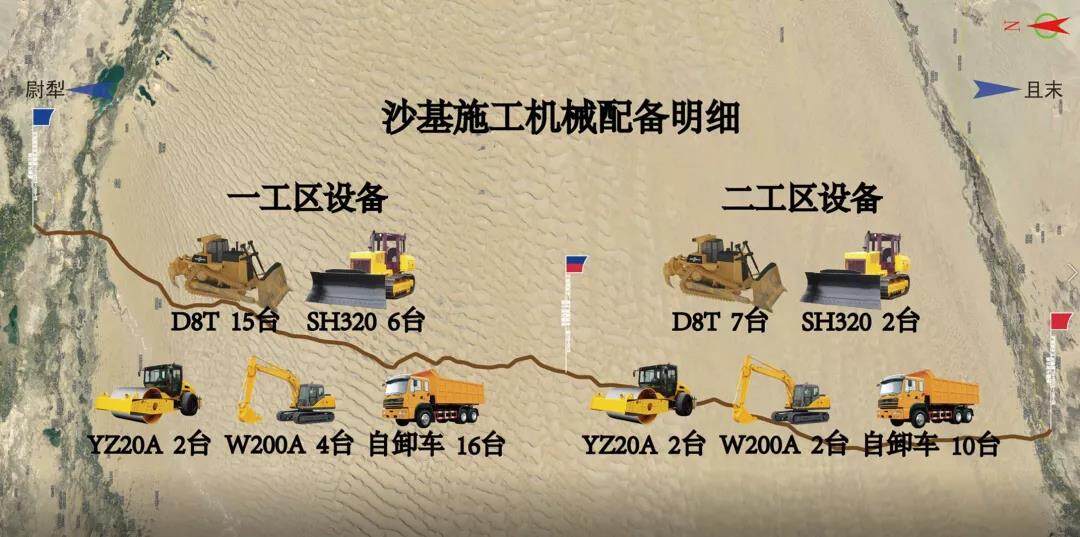
In the long yellow sand, dozens of bulldozers lined up in echelon, going back and forth, pushing forward and pushing the sand neatly, leaving a straight track. They recursively construct from both ends of the desert to the middle, adopting the method of "peeling onions" for continuous sand dunes and tall sand dunes, pushing forward or sideways one by one, and so on until it reaches the top surface of the designed roadbed.
For the construction section with a large amount of filling and long pushing distance, the project refers to the transportation mode of coal mines and uses belt conveyors to carry out long-distance transportation of aeolian sand. Because aeolian sand has no cohesiveness and loose surface, the project independently invented " "Shaji screed" ensures the flatness of the top of the road bed.
Subbase construction
After the formation of the sand base, the road has a relatively flat foundation. In order to prevent the aeolian sand subgrade from being damaged by the harsh environment and affecting the construction quality, the project will construct the pavement base layer along the route in time, and manually or mechanically will roll the woven cloth Spread on the leveled sand base.
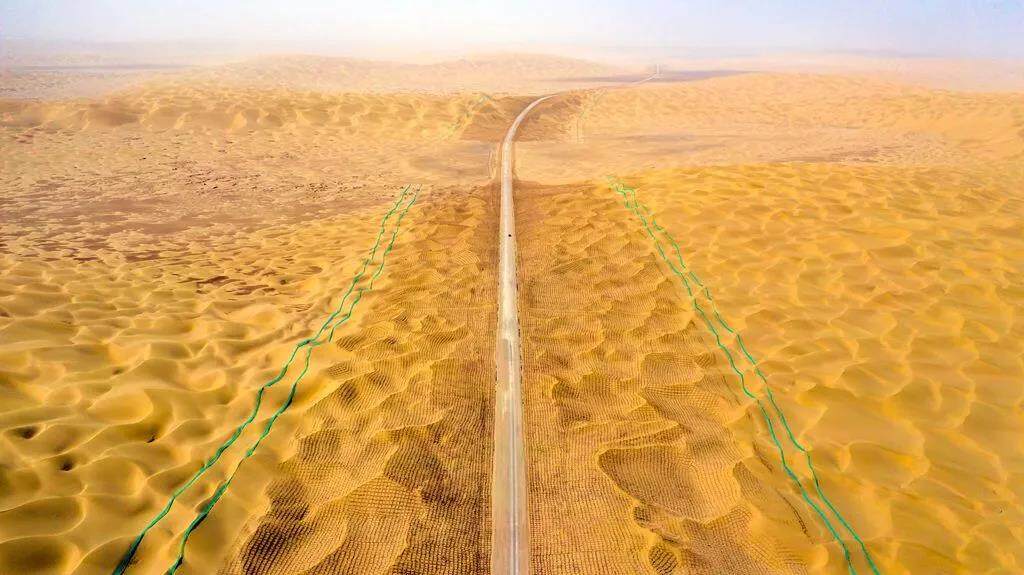
The loading and unloading machine cooperates with the grader and the dump truck to form the second echelon, following the first echelon for digging, loading, and transporting construction, paving natural gravel and performing compaction operations to correct the continuous dune section to form a smooth and solid base.
Grass checkered construction
The most unique process in the desert road that best reflects the wisdom of the builders is “sand fixation”. How to protect the newly constructed road from being buried by yellow sand? It depends on the "grass square".
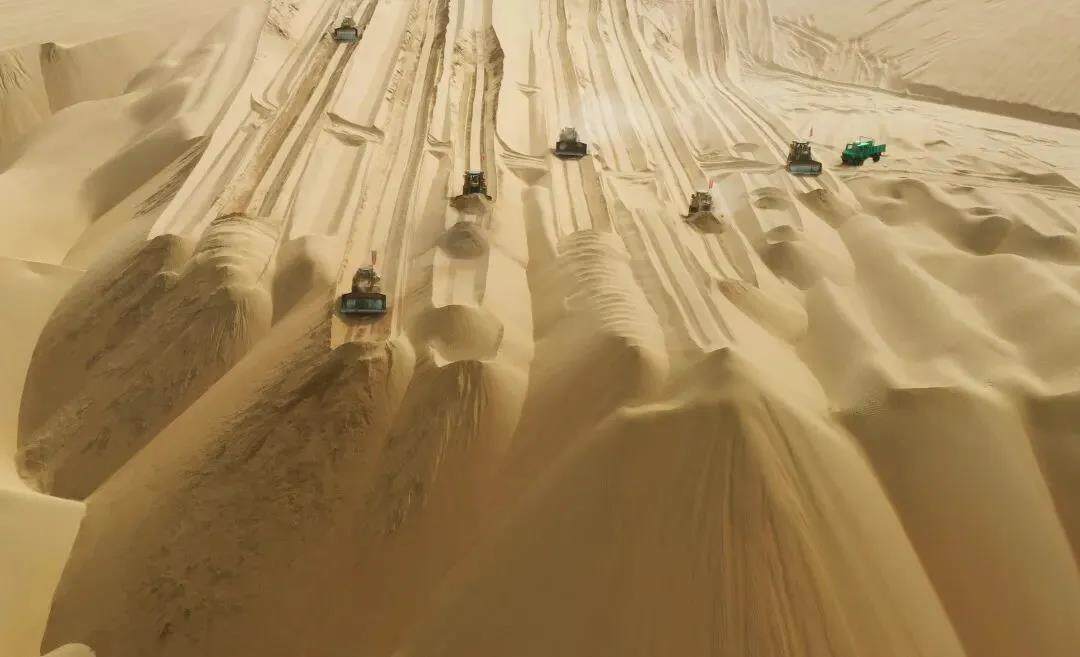
Large vehicles transport the reeds to the construction section, and the builders manually transport the materials to the construction site. During the construction, the construction grid lines are drawn on the sand dunes, so that the grass grids are perpendicular to the main wind direction, and then the neatly trimmed reeds and other materials Place it horizontally on the grid line.
Under the scorching sun, the builders used shovel to embed the forage in the sand from the middle, so that the two ends of the grass were raised upright on the sand surface, and the height of the exposed ground was about 20-25 cm. Then the sand was used to secure the foundation, and finally the length and width were formed. Each 1 meter square.
"Grass squares" form sand-fixing belts on both sides of the road to prevent the formation of quicksand, and effectively avoid wind and sand from infringing upon the completed sections.
Base layer construction
There are cross-operations in the construction of the sub-base, base and surface. In order to seize the opportunity in front of the tight schedule, the project transports the sub-base material in the morning, constructs the base layer during the day, and prepares the materials at night to ensure the construction quality while ensuring the progress.
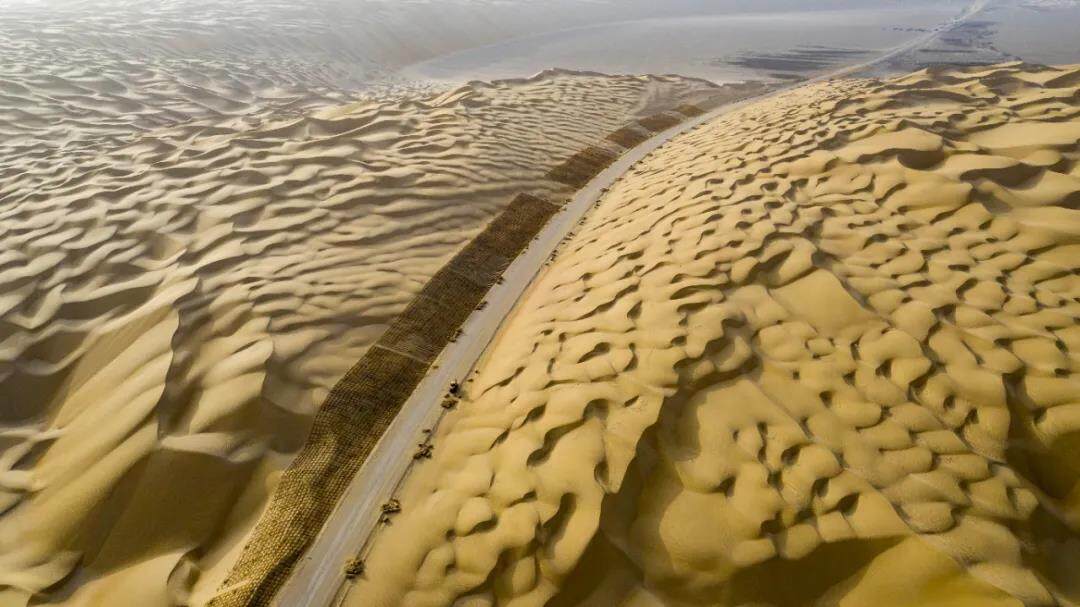
This is the basic step to build a desert road! But is it that simple to build a highway in the "Sea of Death"? No, it's not that simple! In the actual operation process, the builders have to overcome more than quicksand, but also need to overcome a series of problems such as no water, no electricity, no roads, no communications, no humans, etc. The builders of the CCCC have worked hard with extraordinary courage and wisdom. Build a desert road to happiness. Editor/Tian Zengpeng
Comment
 Praise
Praise
 Collect
Collect
 Comment
Comment
 Search
Search


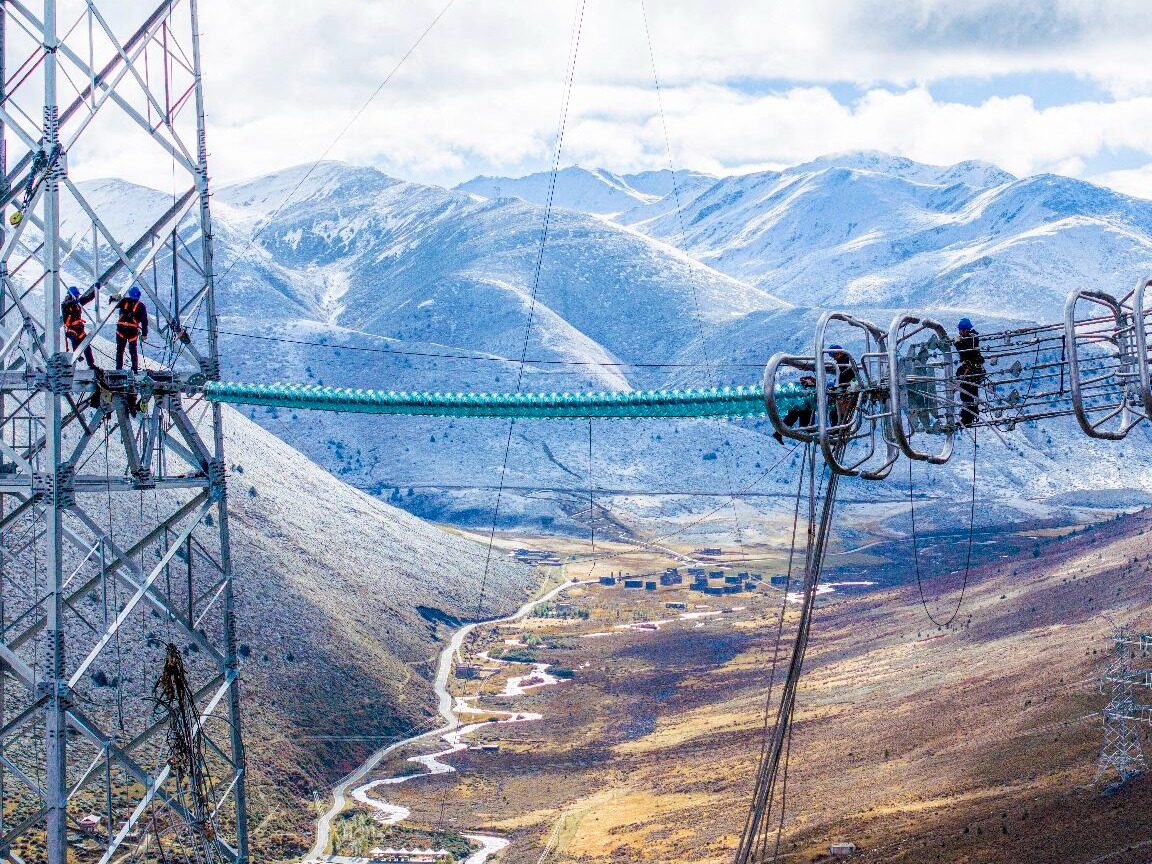
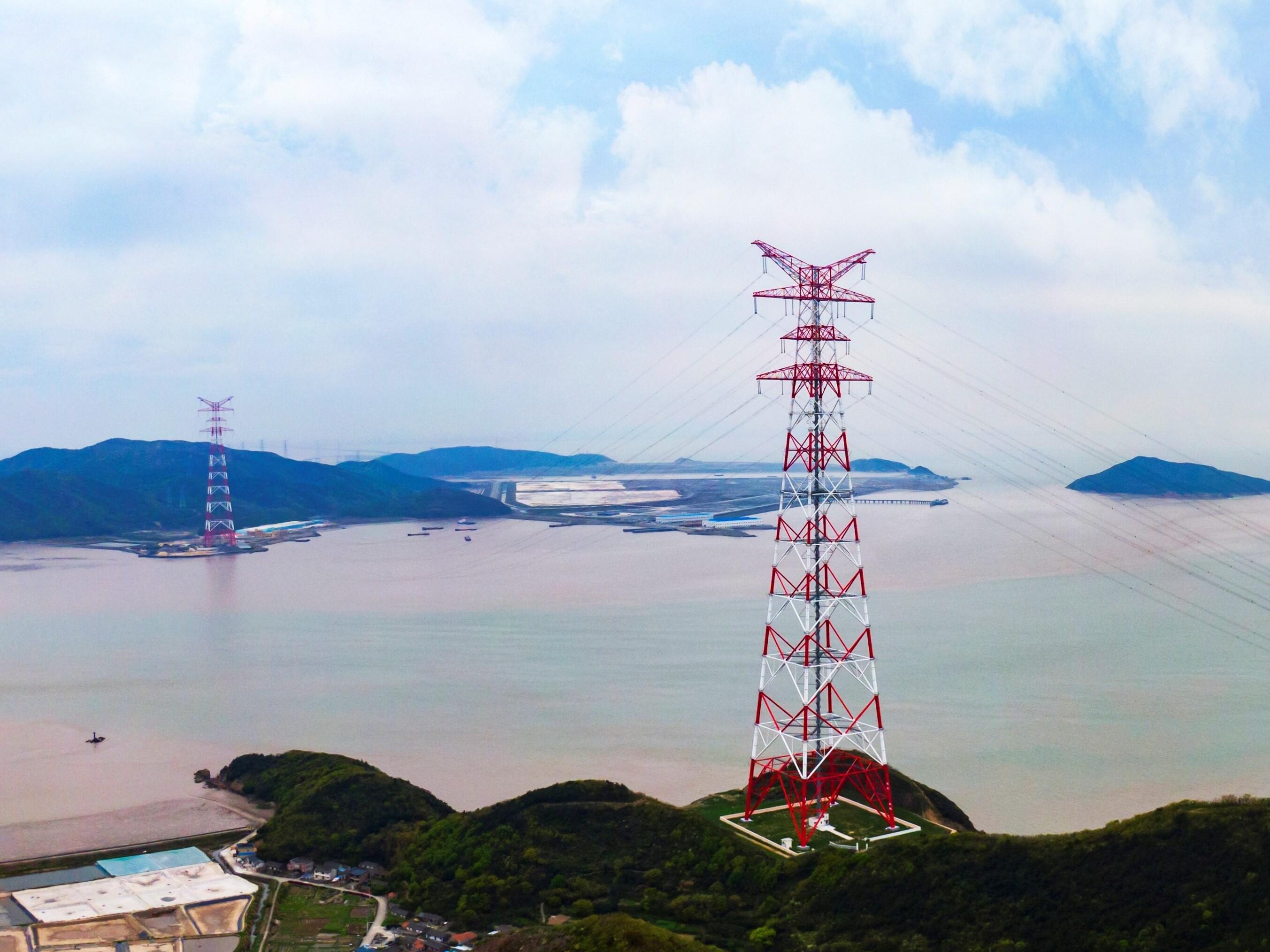
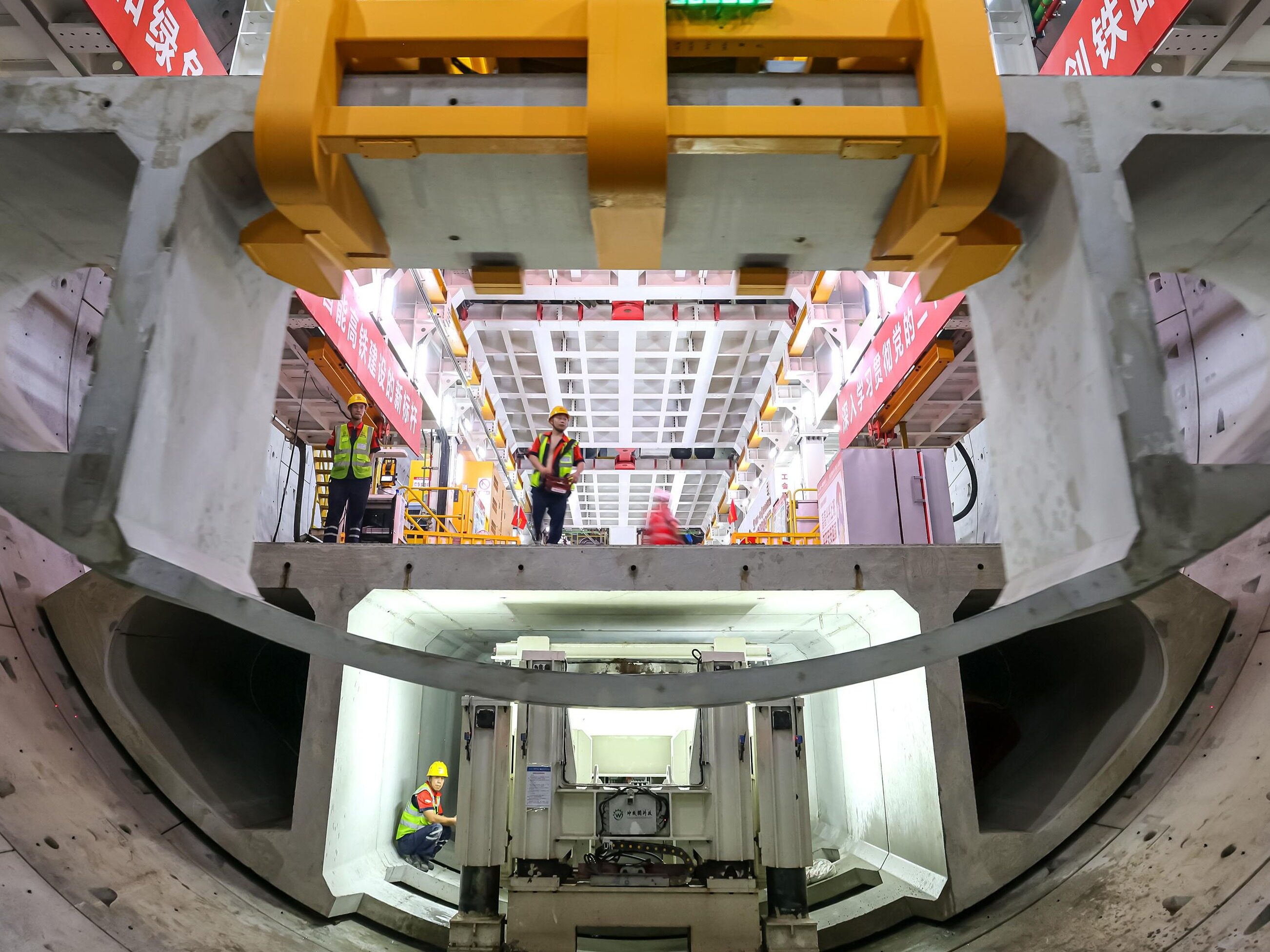
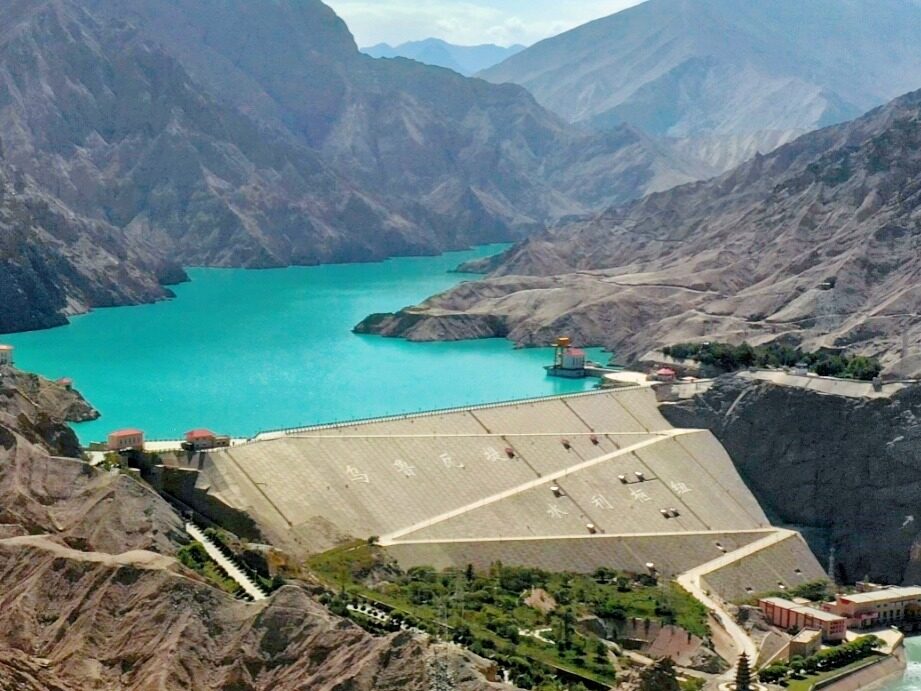
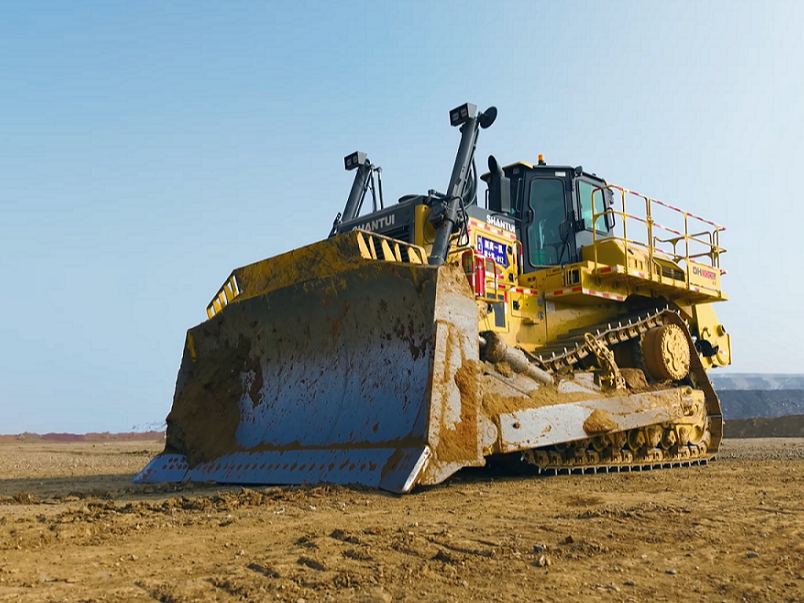
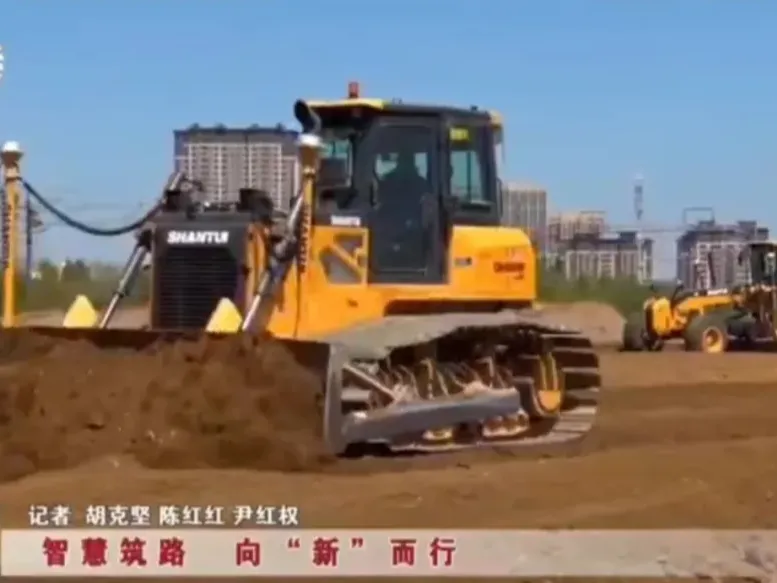






Write something~